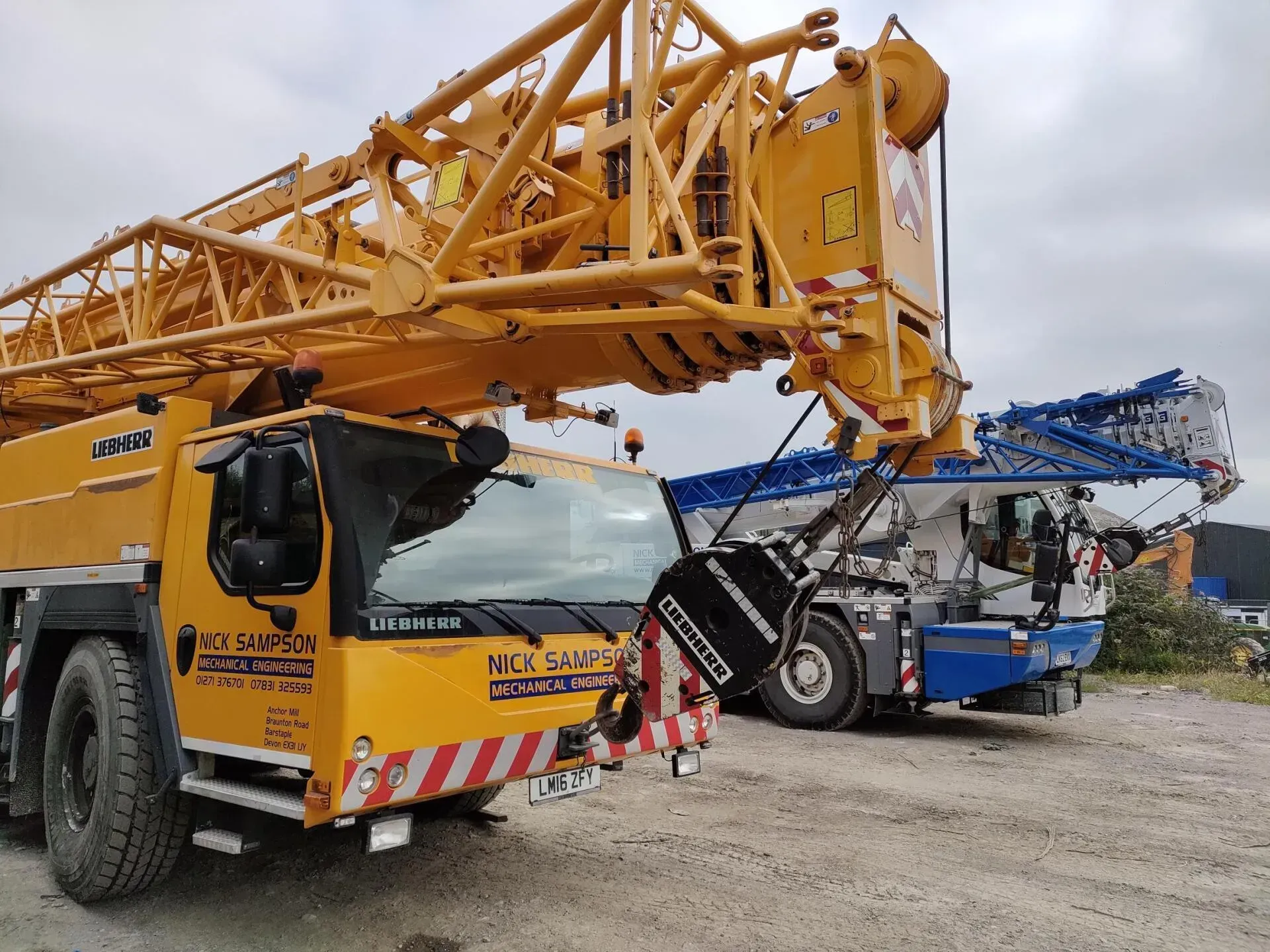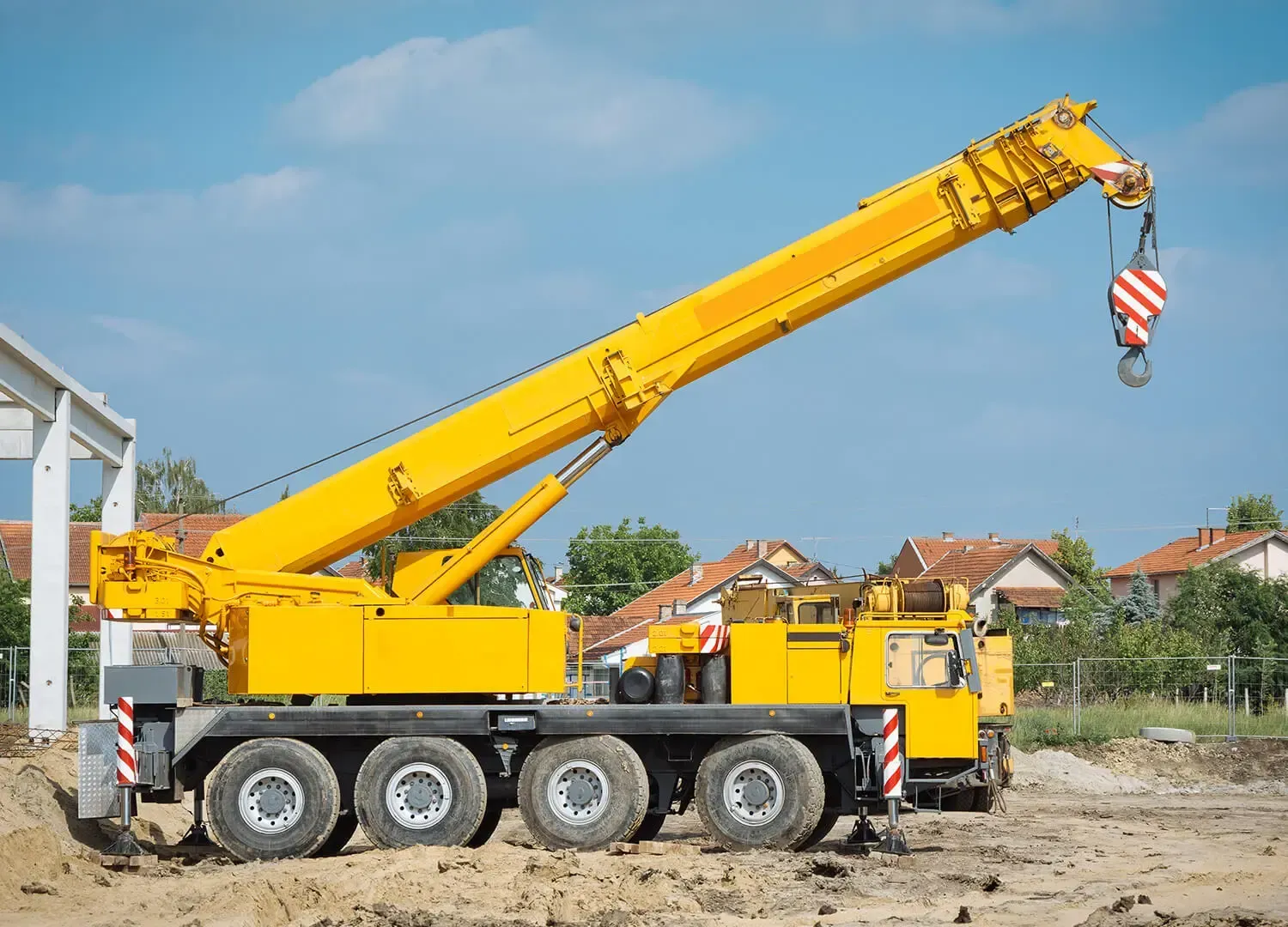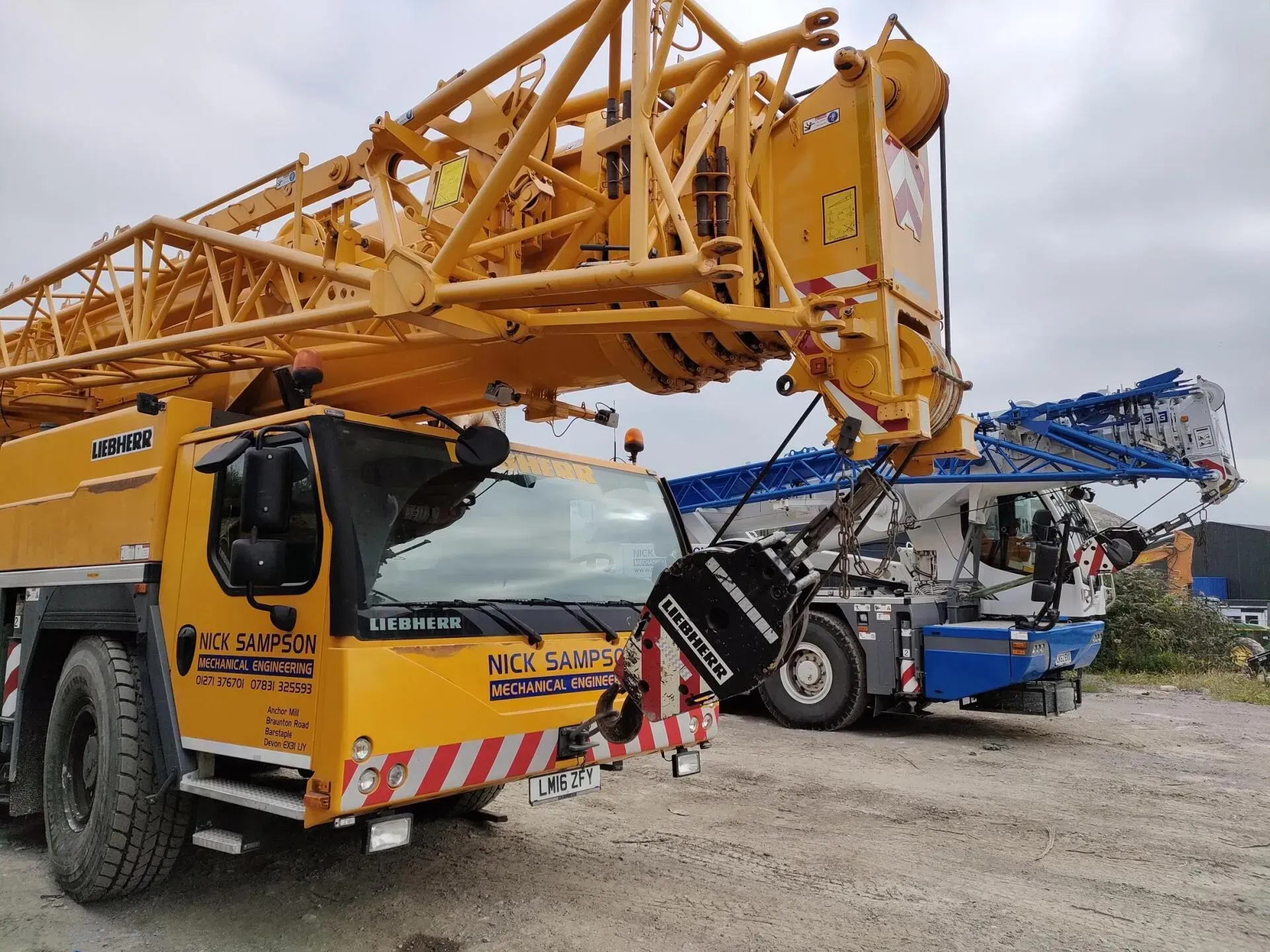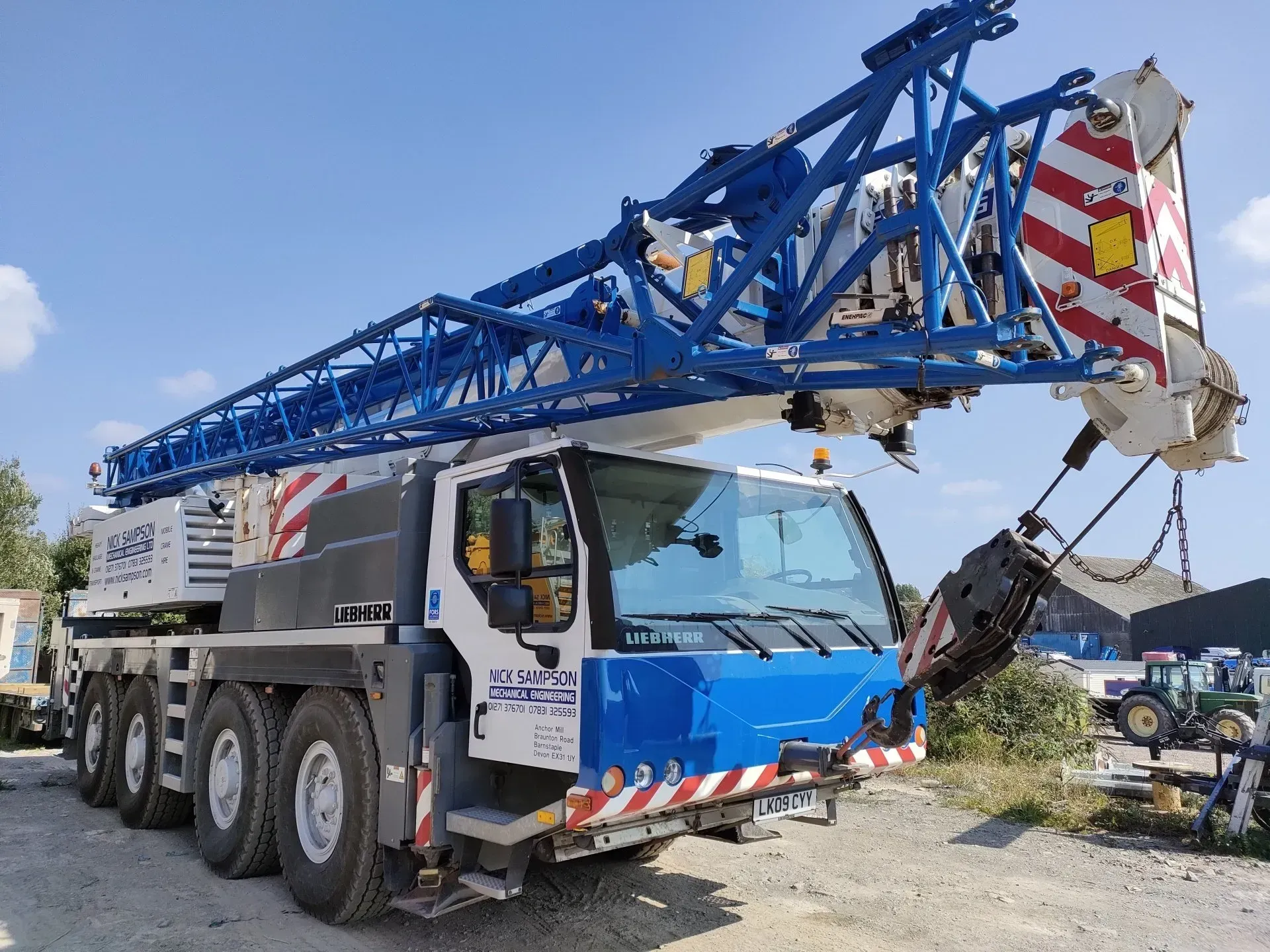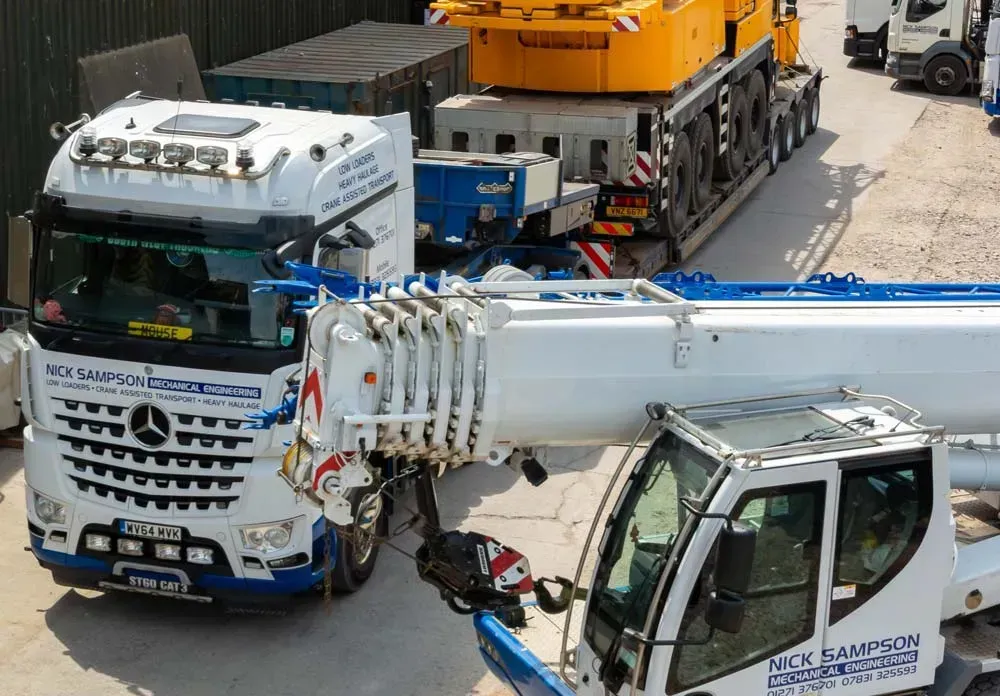Fun Facts About Industrial Cranes That May Surprise You
Although at a first glance you may feel as though there is nothing too interesting about an industrial crane, there is actually more than meets the eye when it comes to these ingenious machines! This blog aims to convey some of the more interesting and quirky facts about cranes before you hire a crane!
- Cranes are named after the bird - The name and likeness of the towering construction machinery are those of a huge, long-necked bird. Although they don't have the same construction abilities, these birds undoubtedly resemble one another. The bird, which has a long, agile neck, and large, heavy-set lower body, provided the inspiration for the design of the industrial crane. While the long neck of the crane scoops up heavy building materials, the bottom portion of the crane helps anchor it.
- They take inspiration from the human hand - The crane's mechanics were based on human hands since they are so effective. Human knuckles and fingers are dexterous in the same way that cranes are. Consider how many buildings and people are under a large crane. Cranes must be able to manoeuvre and operate in tight locations. Similar to a crane's jib, the human knuckle may hook under itself to minimise the amount of space required to move from point A to point B.
- Over 200,000 cranes are in operation worldwide, with 125,000 of them being utilised in the construction sector and 80,000 to 100,000 more being used in the general and maritime sectors.
- The biggest crane in the world is the SGC-250 - Unlike the mobile crane, this specific crane can lift an amazing 5.000 tonnes thanks to its maximum load moment of 250.000 metric tonnes. It can lift a staggering 2,000 tonnes even at a radius of 100 metres. It was launched at the port of Ghen which is in Belgium.
- They were invented by the Ancient Greeks - Around 500 BC, the Ancient Greeks created the first crane. The cranes didn't look anything like the contemporary cranes we see today since they were built of wood rather than steel or aluminium. However, these early crane designs helped construct some of the most recognised and stunning monuments of the ancient world. Heavy things were often raised using human or animal force.
- Ancient Mesopotamia had a basic version of the crane - A more basic version of the crane was in use in ancient Mesopotamia by 3000 BC, even though the earliest accounts of cranes as we know them date to Greece around the year 500 BC. A Shaduf (or Shadoof) was a straightforward irrigation device that looked like a seesaw and was built of wood. It is also known that the ancient Egyptians, about 2000 BC, employed this technology.
At Nick Sampson we offer a range of mobile cranes for you to employ within projects. If you're looking for a reputable crane hire in Devon then look no further. Please contact us on: 01271 376 701 for more information.

